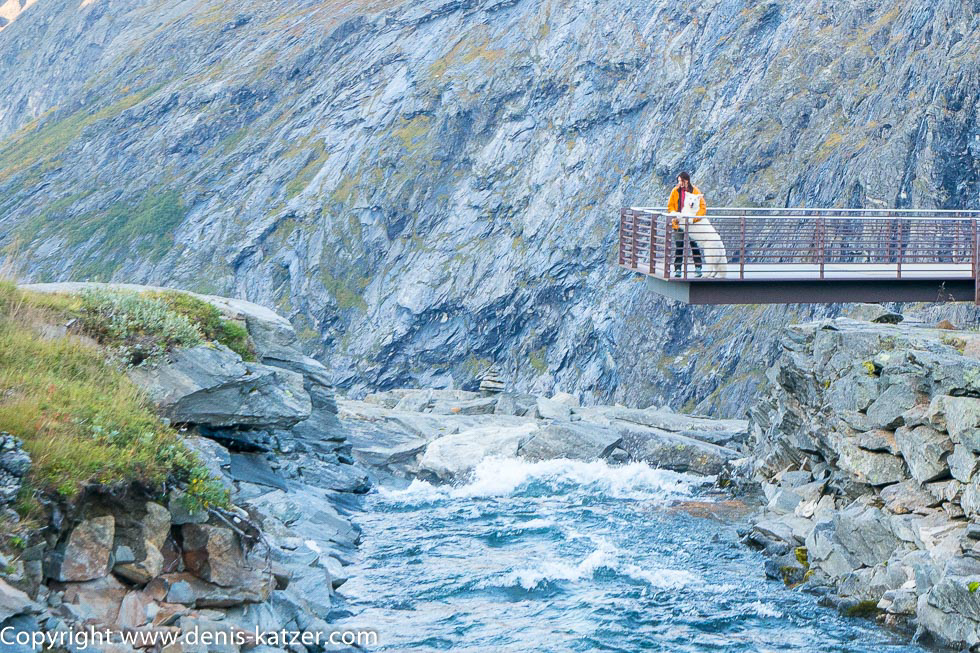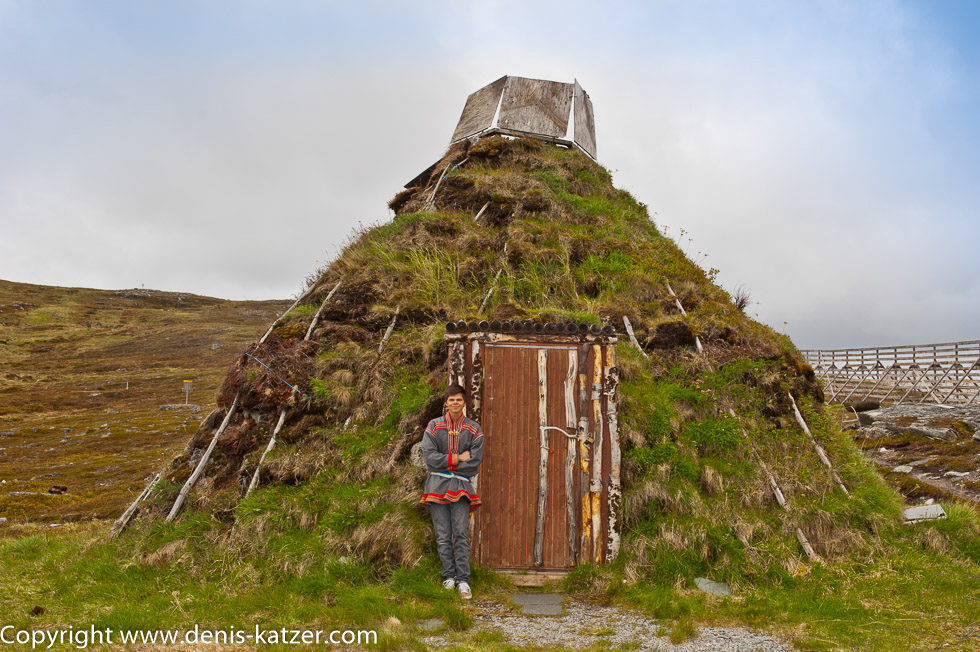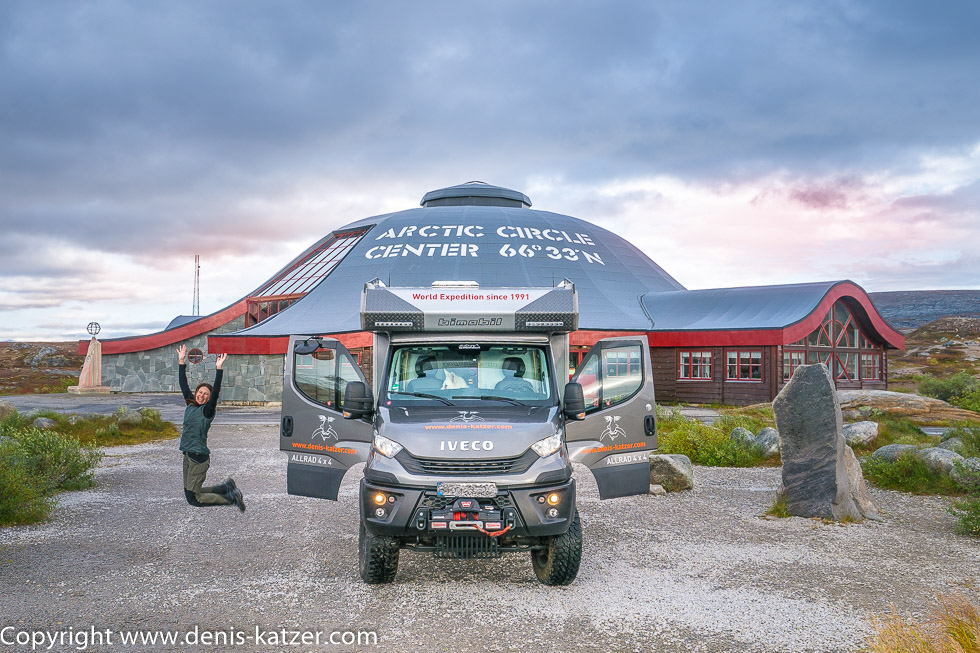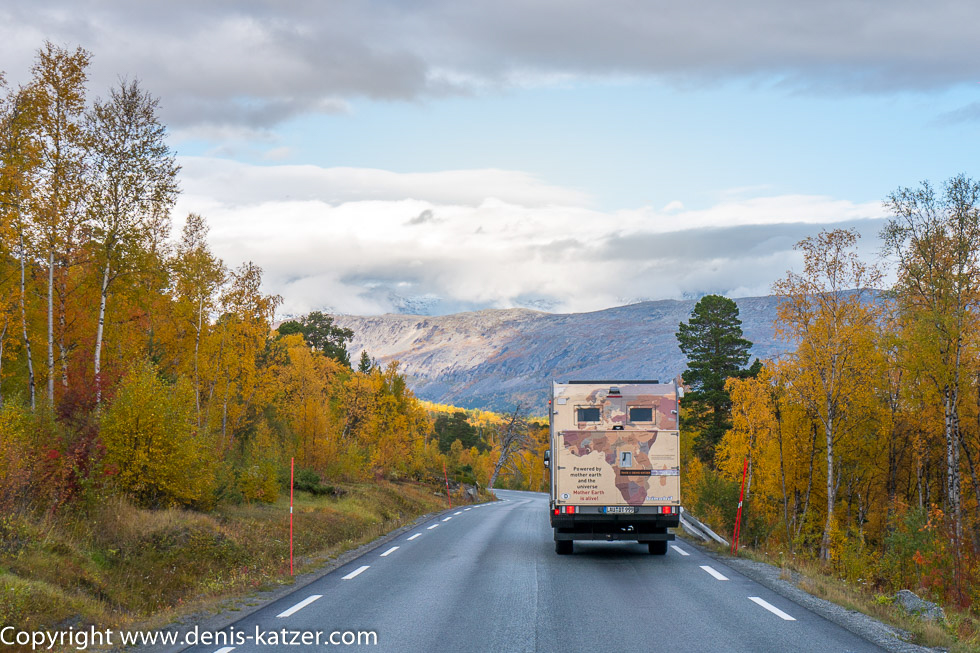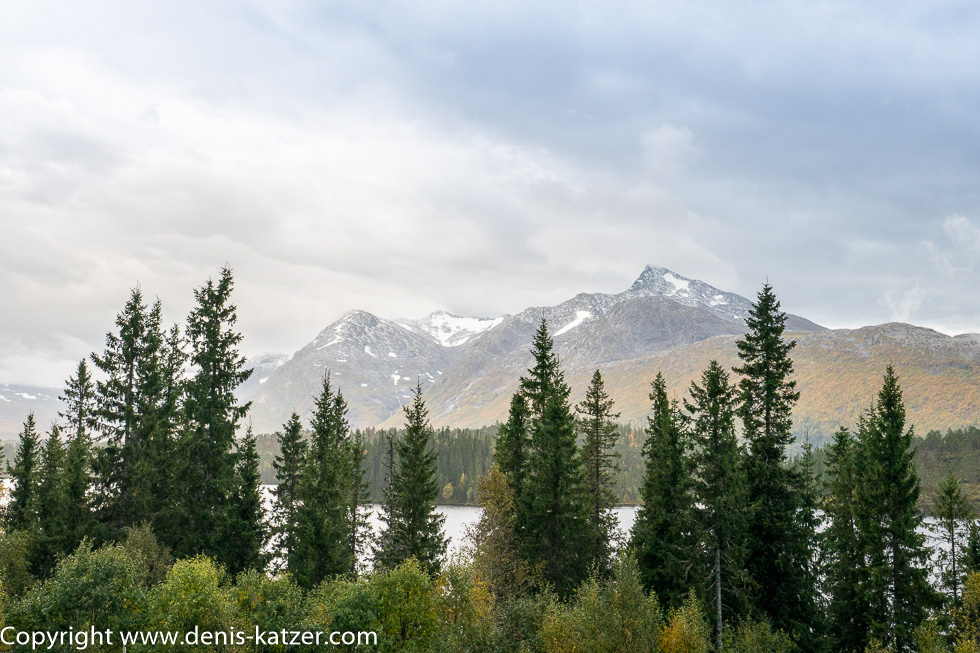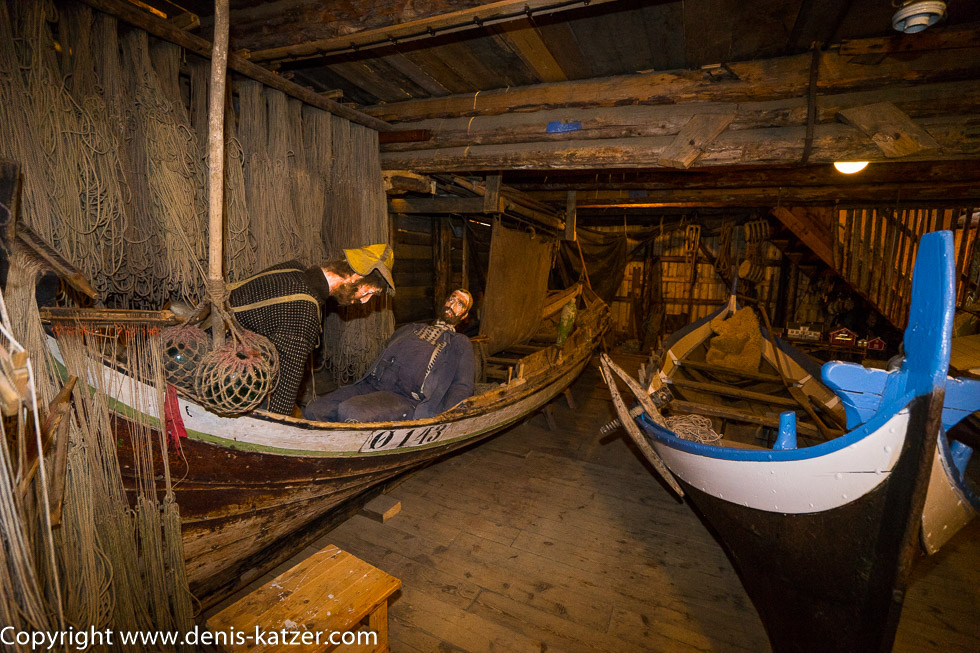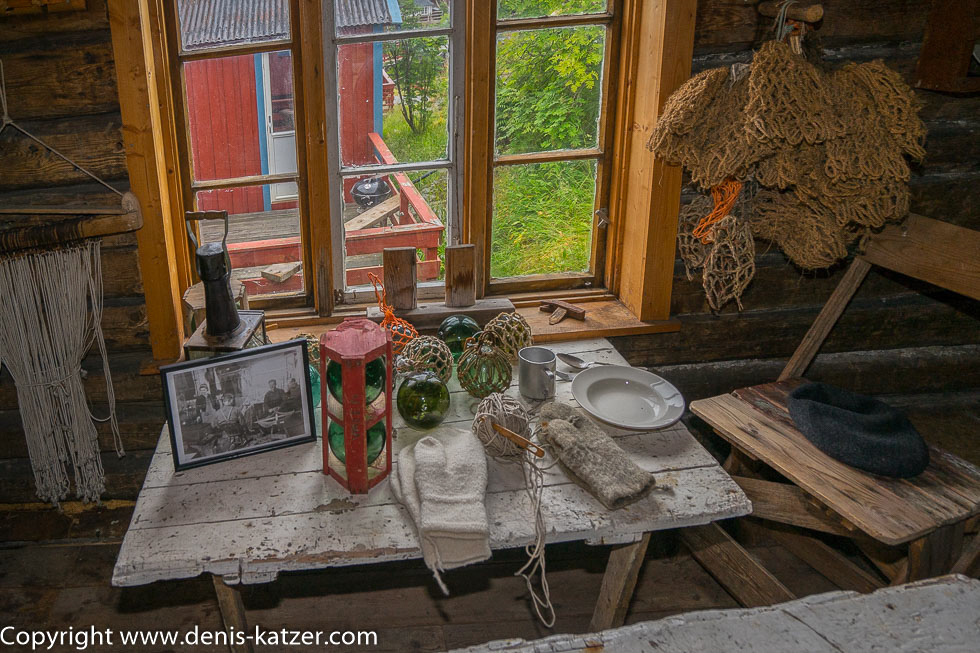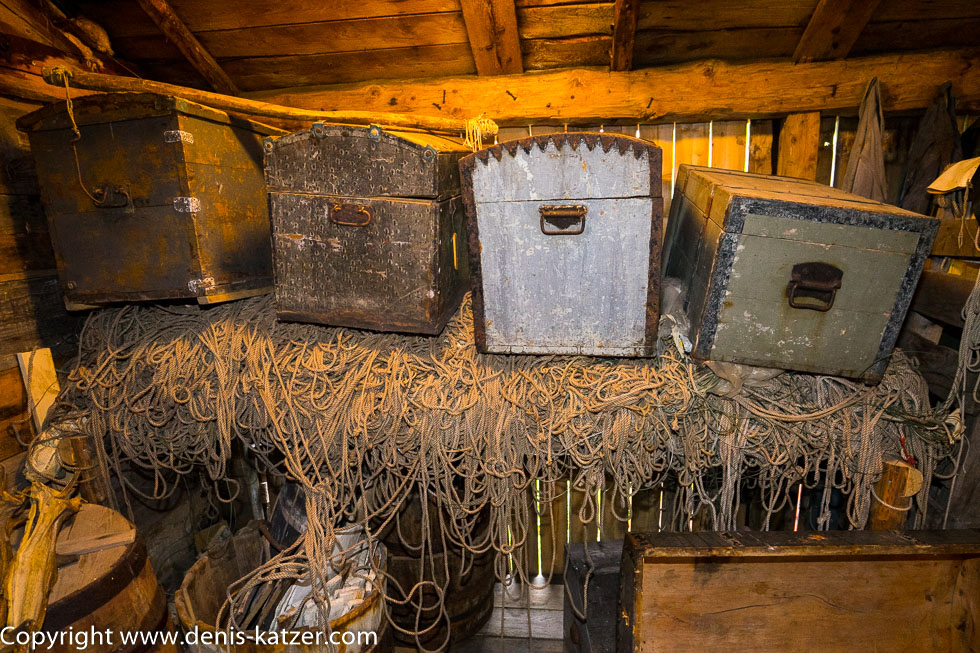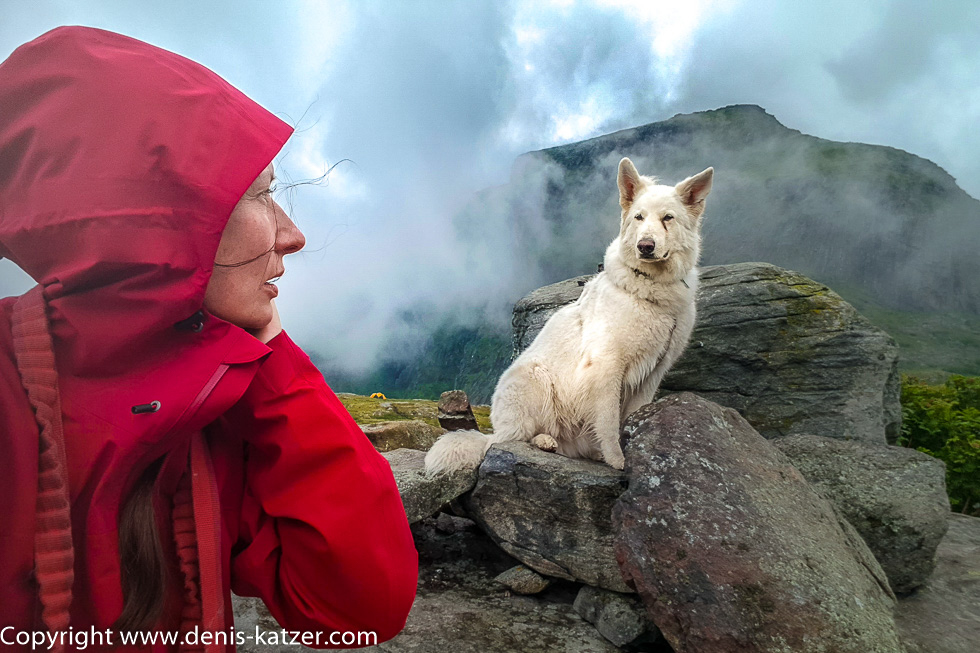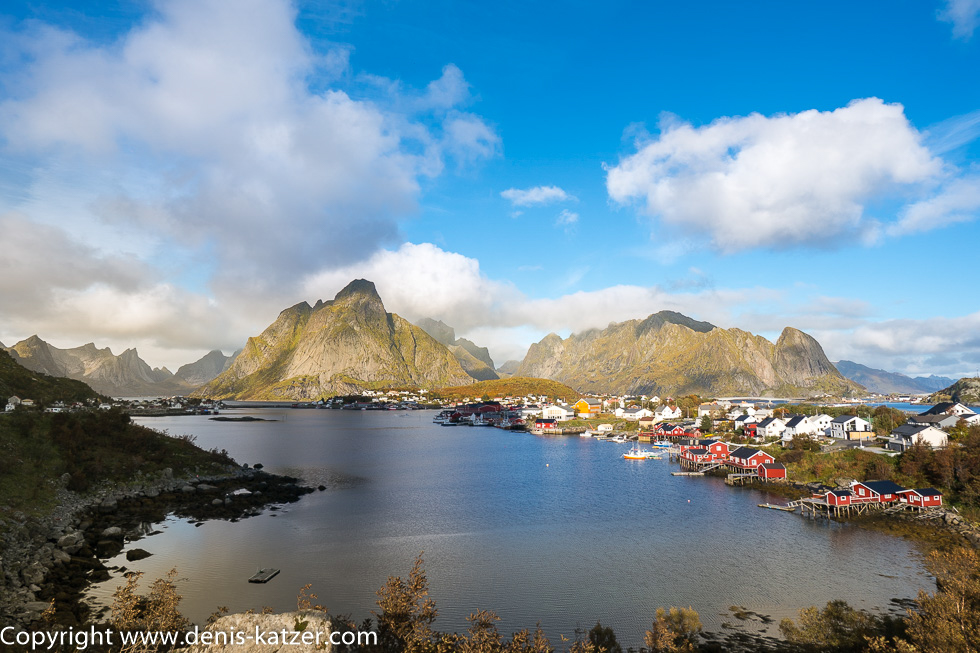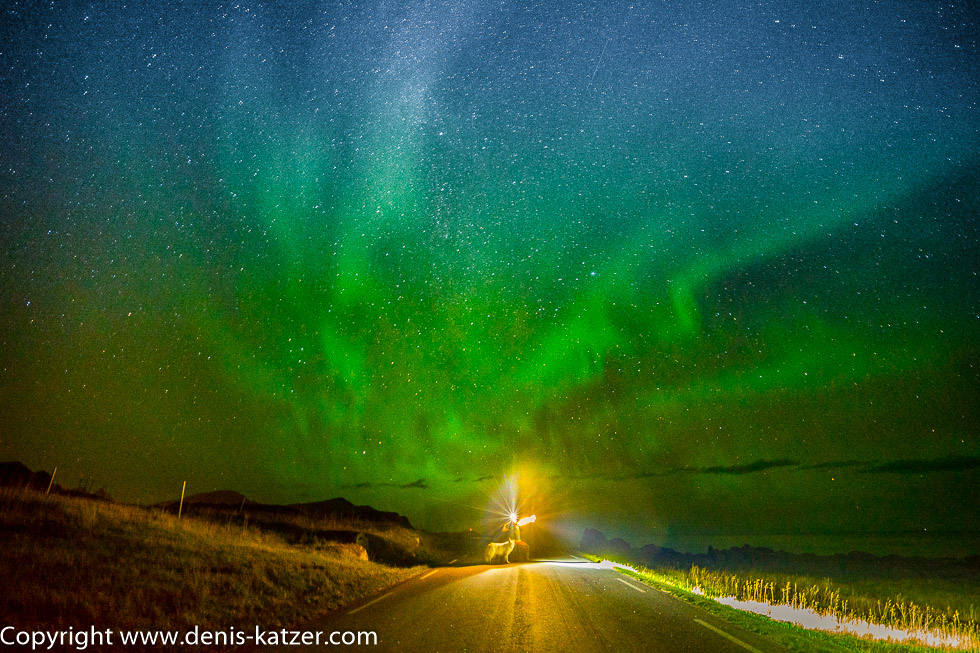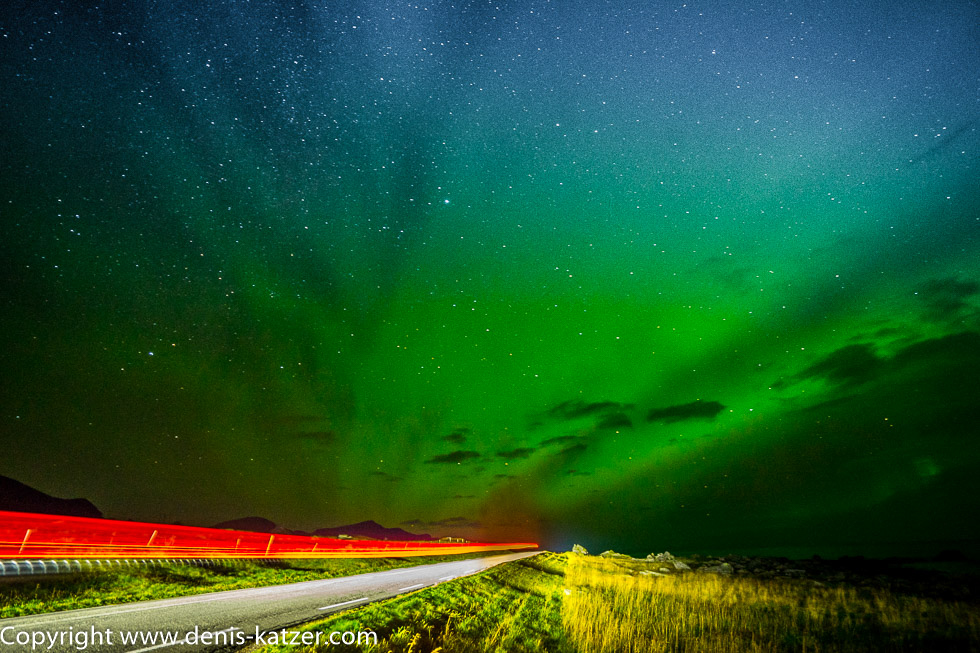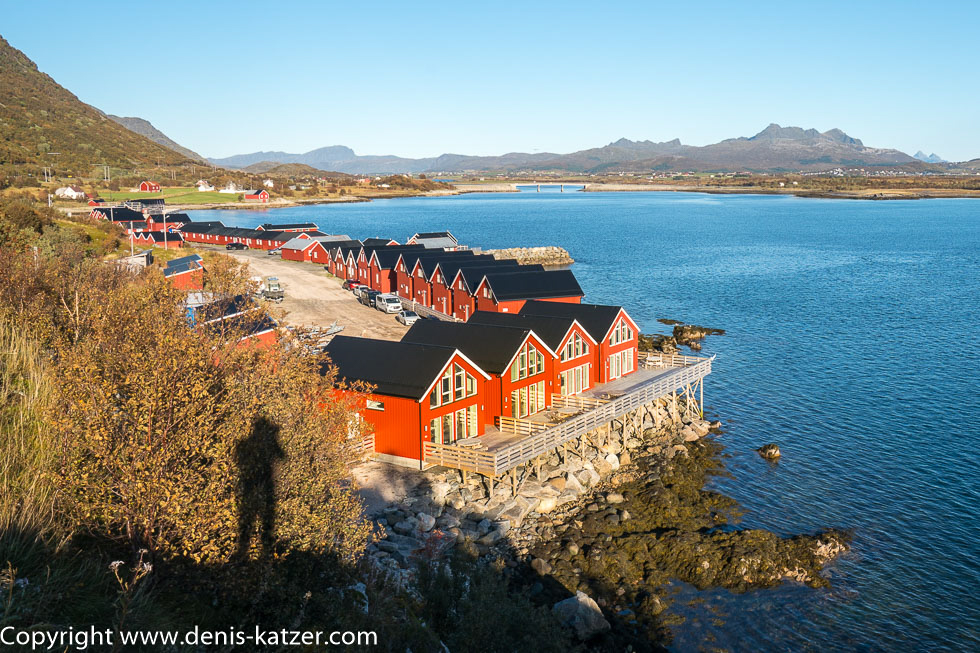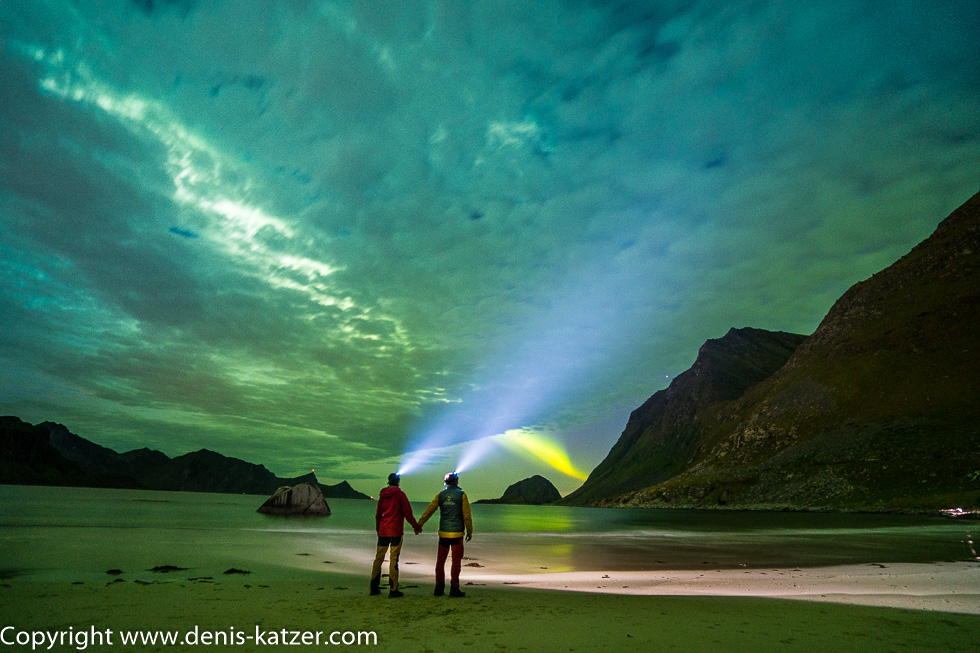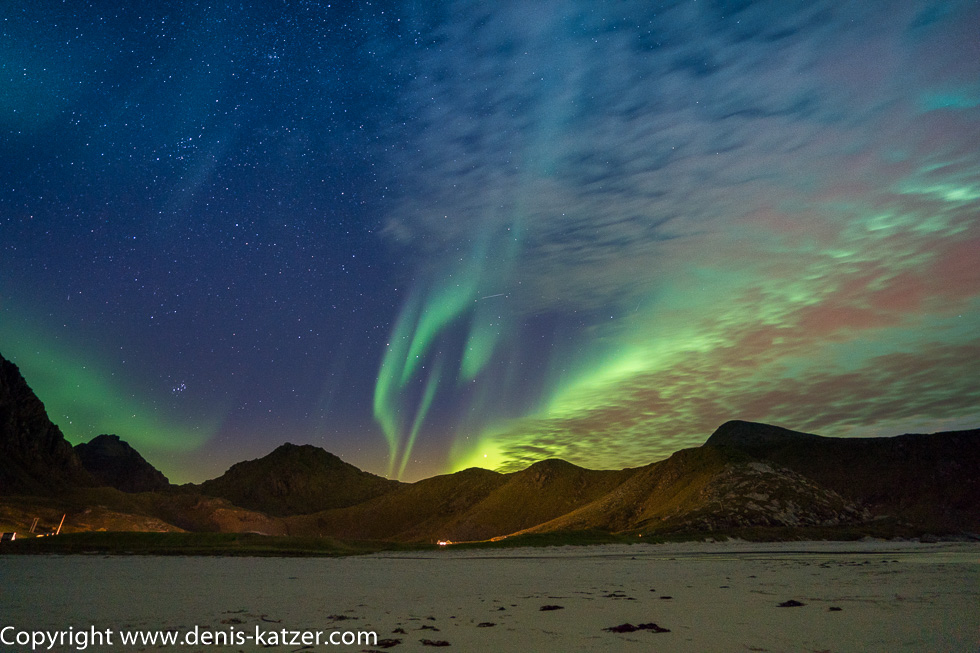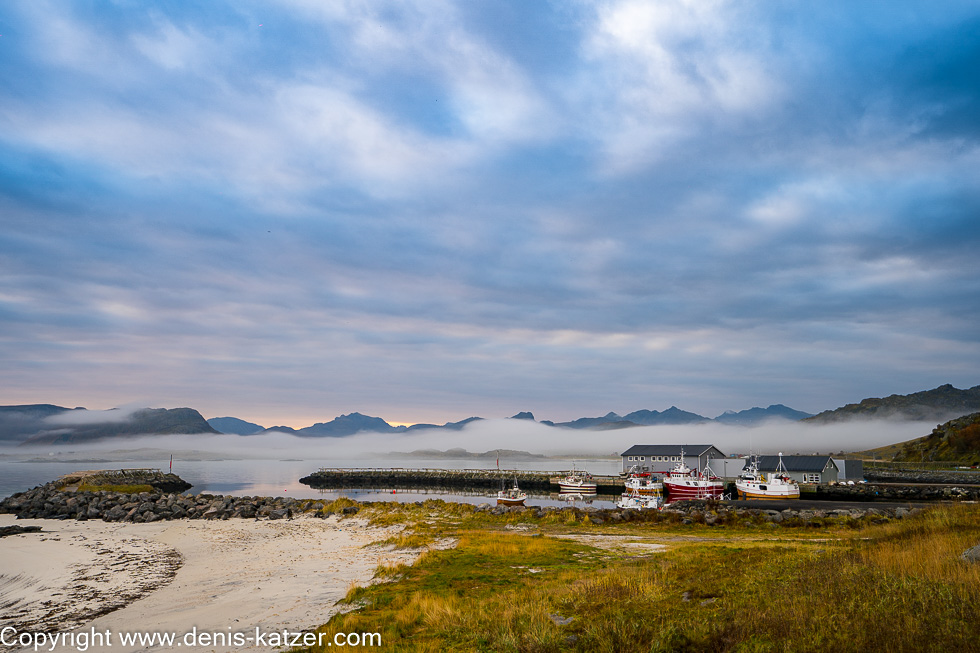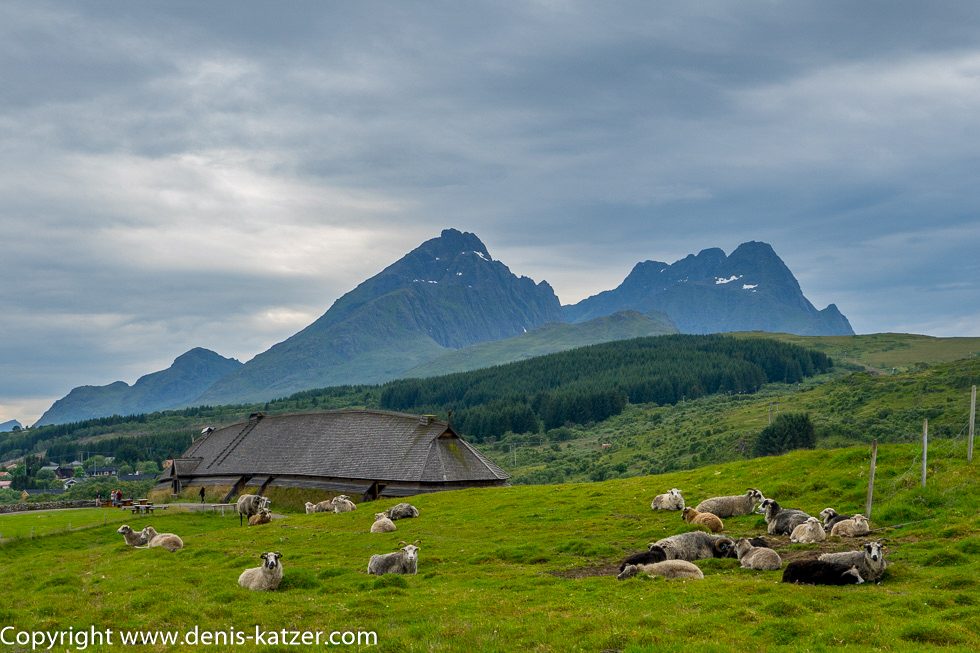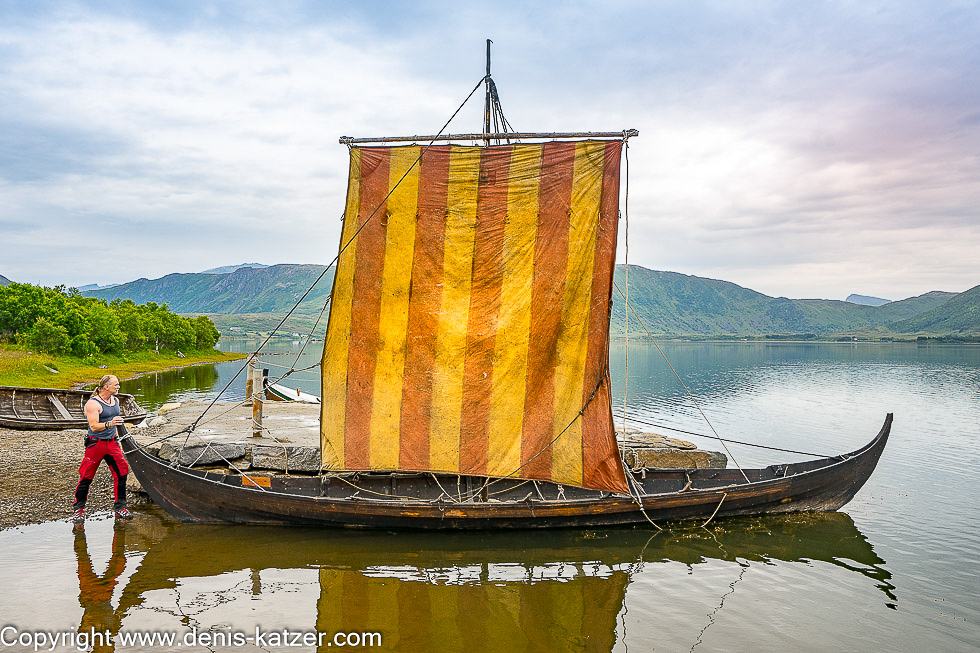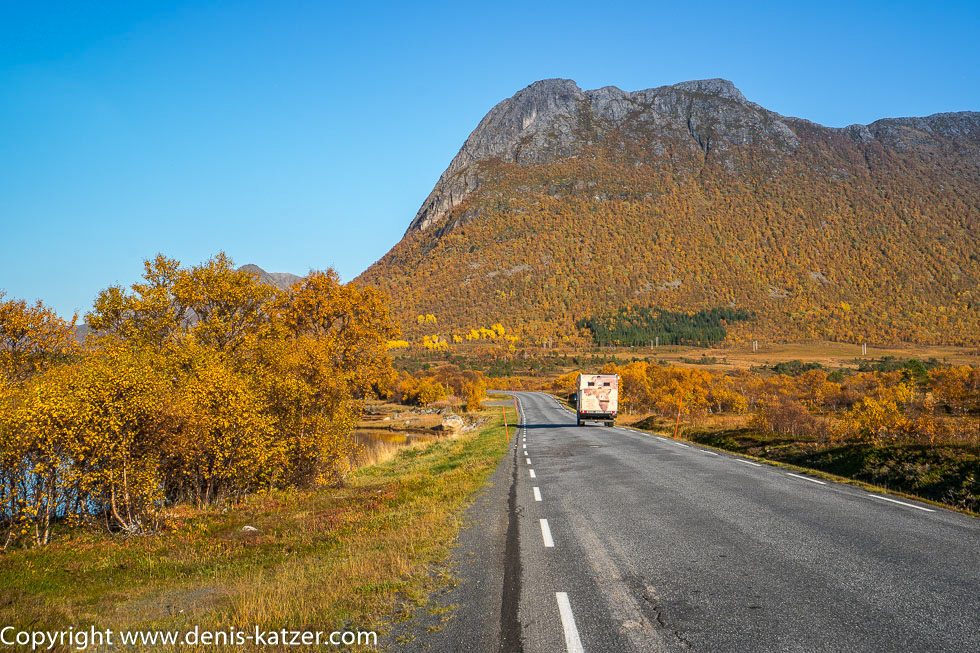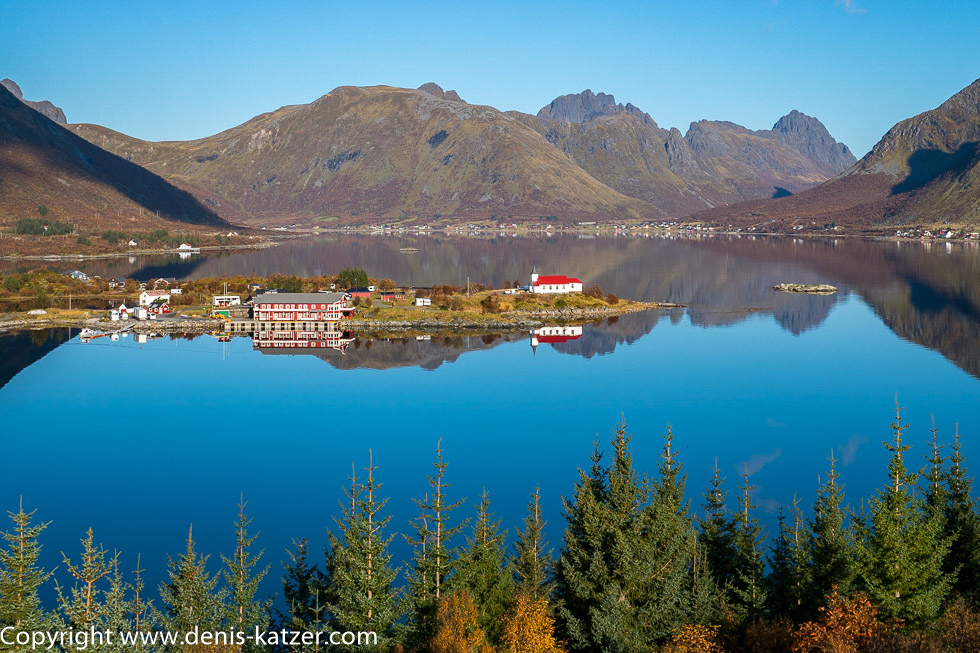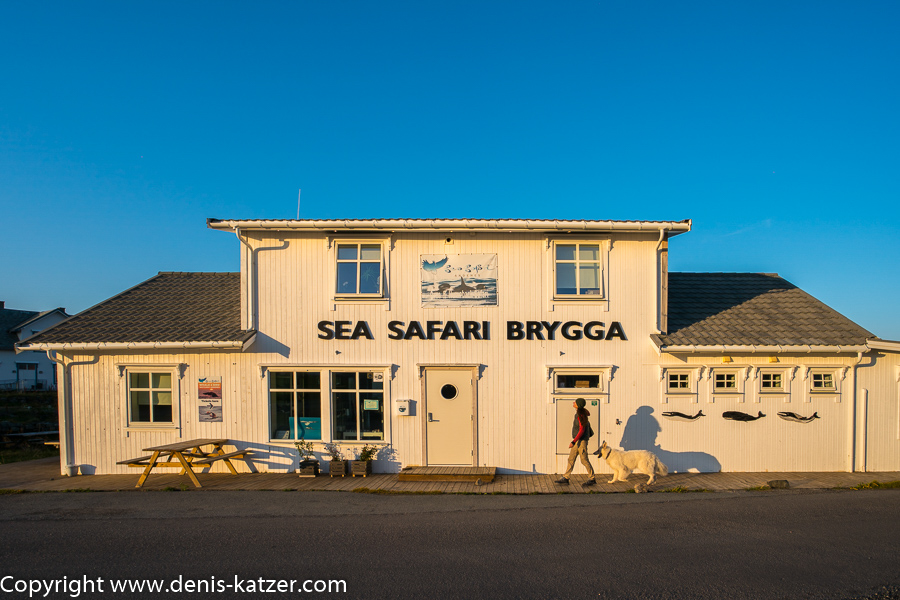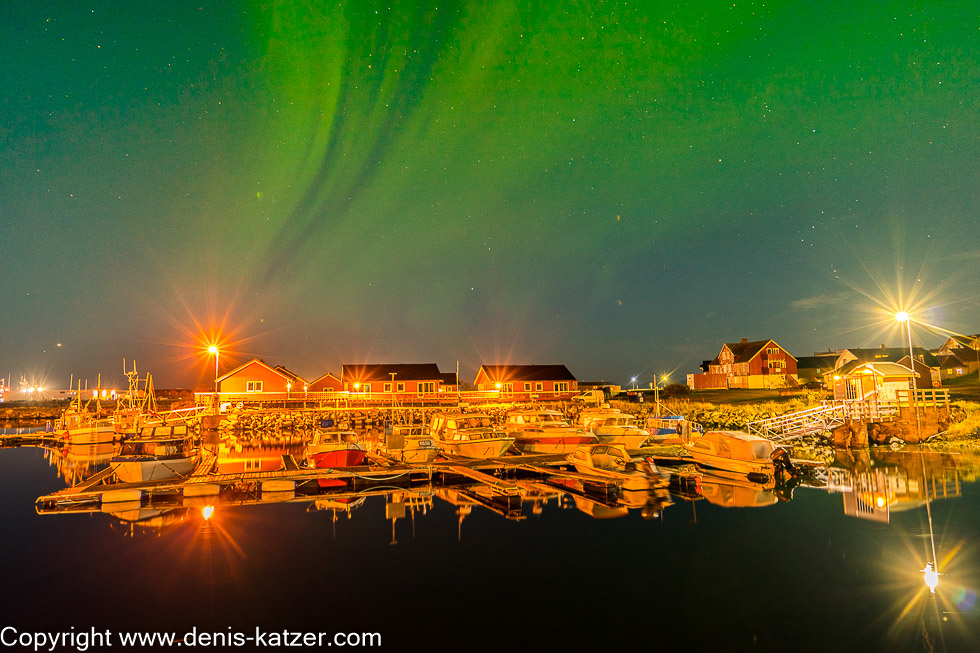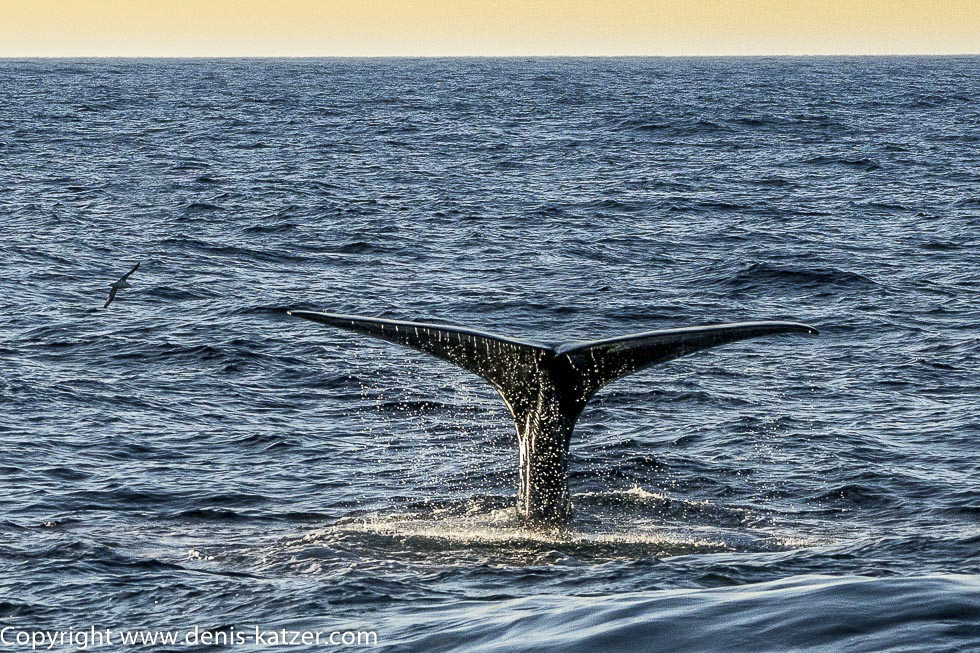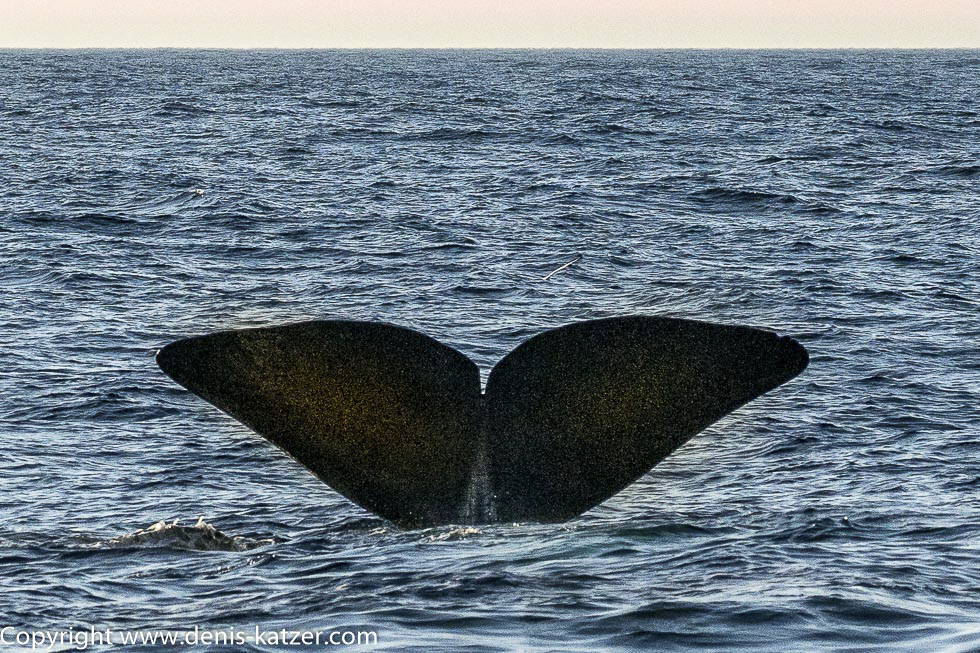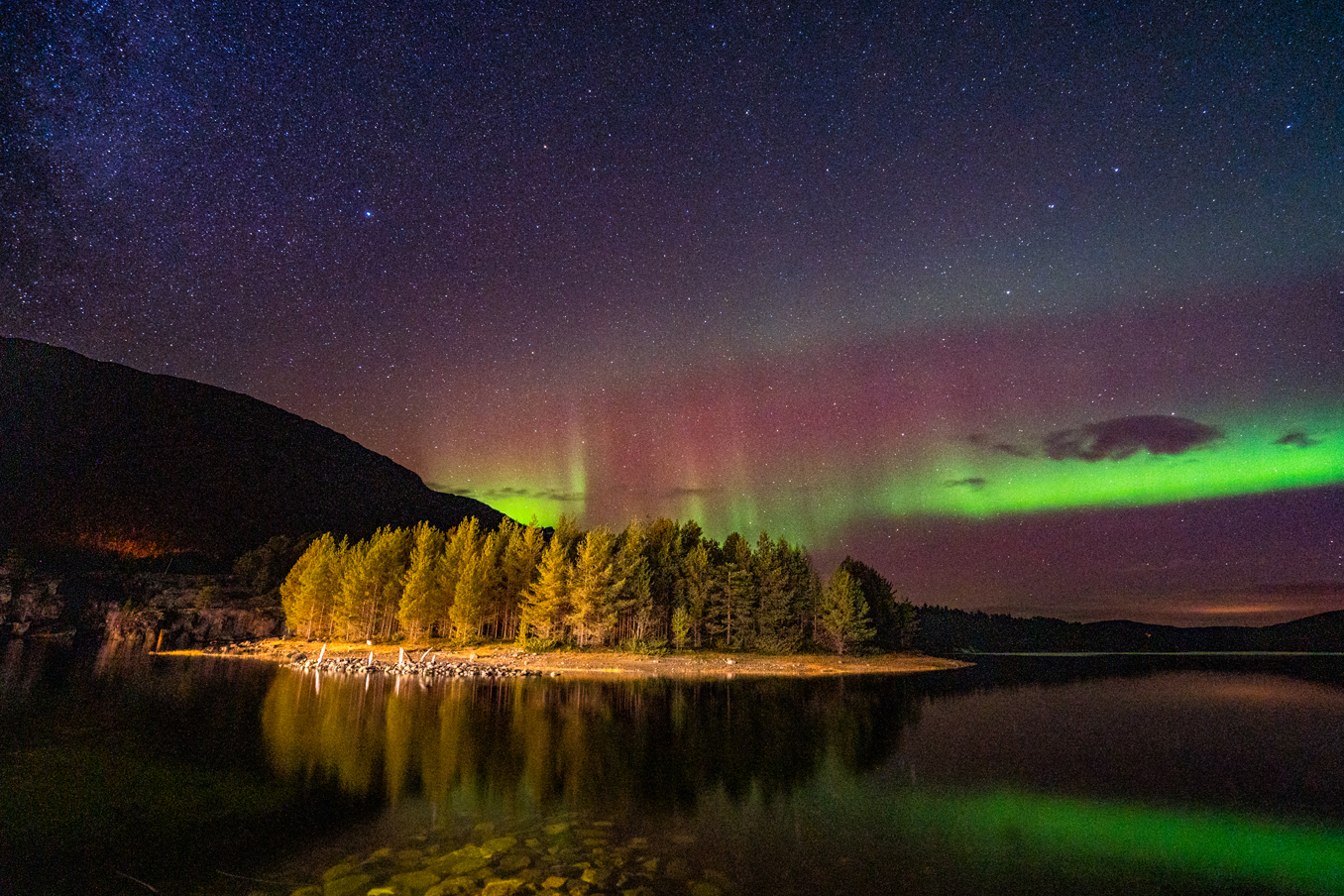
Norway – Summary – Part 3
N 49°29'04.4'' E 011°11'40.0''
Date:
06.12.2020 until 12.12.200
Day: 126 – 132
Country:
Norway / Denmark / Germany
Location:
Schwaig near Nuremberg
Kilometers:
2228 km
Total kilometers to home
11986 km
Soil condition:
Asphalt
Ferry from Kristiansand to Denmark
1
Bridge crossings from Lillehammer to Kristiansand
225
Tunnel crossings from Lillehammer to Kristiansand
69
(Photos of the diary entry can be found at the end of the text).
Click here for the podcasts!
Link to the current itinerary
(For more posts click on one of the flags in the map
After almost two months, we drove through an archway with “Nord Norge” written on it. So we left the province of Trøndelag to explore the province of Nordland, home to the original inhabitants of Norway. The Sámi people were robbed, abused and persecuted by the Vikings as early as the 9th century, and later in the Middle Ages the then northern European states of Denmark-Norway, Sweden-Finland and Russia began to subjugate them. Until the 1960s, they were forbidden to speak their language and it was only in 2000 that they received a small amount of compensation from the Norwegian government for all their suffering. “Minorities are and have been oppressed all over the world,” it goes through my mind.
Even though we were constantly pleasantly surprised by Norway’s impressive landscape and nature, we were shocked by the country’s recent past. For example, when we found out about the Blood Road. During the occupation, the Germans brought around 100,000 Soviet and Yugoslavian prisoners to Norway and forced them to work on several large infrastructure projects of this kind. Many of them died. Maybe it was just our imagination, but we had the feeling that this region was covered in an almost inexplicably heavy atmosphere. Then we reached the Arctic Circle. What a sublime feeling it was to undertake a hike at the magical latitude of “66°33′ N. At that time of year, we stood in front of closed doors at the Arctic Circle Center. Welcome back next summer was written on a white piece of paper stuck behind the glass entrance door. Because we traveled anti-cyclically, i.e. not in spring or summer, but towards winter, and because the Norwegian border behind us was closed to most visitors, we often had the feeling of being the only foreigners. No matter where we went, we were almost always alone. This made us feel like we owned the world and turned almost every sight into something very special. Especially when you consider that in previous years the cruise ships alone had disgorged 6.3 million passengers per year and 40 million arriving and departing passengers were counted at the airports. Amazing. For us, on the other hand, there were no waiting times anywhere, all the ferries were empty or only slightly occupied. So did the ferry that took us to the Lofoten Islands after a violent storm.
A particular highlight was the village of Å i at the southern end of the Lofoten archipelago. “It was great and almost a little scary when the two of us wandered through the old fishing village, peering through the old wooden cracks and seeing the Norwegian Nordland boats, oars, ropes, nets and all the other historical stuff. Do you remember when we stepped into the little fisherman’s hut, where it smelled of fish, as if the inhabitants were cooking fish soup on the cannon stove? There were woolen gloves, enamel plates, cups and spoons lying around on a table, as if one of the fishermen had just put them there.”
Astonished that Ajaci doesn’t react, I look down. “You’re asleep! Am I boring you?” “Iiiuuhhii!” he replies, whimpering softly. “Shall I continue?” “Iiiuuhhii!” “All right then. I can understand that you’re not particularly interested in the hard life of a fisherman in the past, but the Northern Lights were awesome, weren’t they?” “Wooouuuuuiii!” “I thought so. After an exhilarating drive over the beautiful Lofoten Islands, we finally spotted the first auroras, like the electrically charged particles of the solar winds colliding with gases in the Earth’s atmosphere some 90 to 150 kilometers above our heads. Tanja was beside herself when
she watched the ever-changing white, greenish and bluish bands and veils of light arching from the dark cliffs in the North Sea over the bay and disappearing again on the other side between two angular mountain peaks. You, on the other hand, my dear friend, preferred to play with the waves splashing against the shore. Well, I can’t blame you. Playing is your number one priority. If I were a dog, I’d like that better than a colorful sky.” “Iiiuuhhii!”
In a flight of thought, I land in the 83-meter-long longhouse of the Viking chieftain of Borg in the Lofoten Islands. As if it were only yesterday, I remember how the warm, gloomy light welcomed us. We had the feeling that we had been whisked away in a time machine to the year 600 AD. Dried stockfish dangled from the ceiling on all sides, pots hung above the large fireplace and reindeer and red deer skins lay on the benches. In one section of the nave we saw historical robes, battle axes, shields, swords, armor and helmets with nose guards. We learned about the people who lived there, their way of life, their raids and hardships.
Then we met Laura and Mark by pure chance, who gave us the tip to go to the Vesterålen archipelago, which has been inhabited since the Stone Age, to get one of the last whale safaris of the year if we were lucky. “At the northern end of the archipelago is the town of Andenes. From there you have one of the best opportunities to see sperm whales,” Laura recommended. “Sperm whales?” I asked with interest. “Yes, sperm whales,” she replies. “How far are the islands from here?” I asked attentively. “Maybe 250 or 300 kilometers,” Mark estimated, whereupon we spontaneously set off and experienced an adventure in a class of its own. But before that, Ajaci and I marveled at the old Andanes lighthouse, which was built in 1831 because 30 fishermen died in its waters. We wandered around the harbor district until 3:15 in the morning and had an unforgettable night. A few hours later, we set out into the choppy North Sea on the old seal hunter M / S Reine and, despite my emerging seasickness, the sight of a sperm whale weighing perhaps 50 tons and 20 meters long remains indelibly in my memory. We learned all about sperm whales in the local whale museum. That their spermaceti were used to produce candles, high-pressure lubricants, hydraulic fluids, inks, cleaning agents, cosmetics, plasticizers and tanning agents, and that their oil was used to make soaps, ointments, soups, paints, gelatine, cooking fats, margarine, shoe and leather care products, and that whale oil was originally even needed to produce nitroglycerine. This wonderful animal was on the verge of extinction. Today, it is threatened by the increasing pollution of the oceans, among other things…
